Michelangelo Merisi da Caravaggio
1571-1610 Italy/Baroque
(Aid of Rev. Pilkington-1569-1609)
Click an Image to Enlarge
Conversion

Gypsy Fortune
Teller

Crucifixion

Judith
Beheading-

Madonna
di Loreto

Medusa
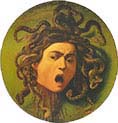
Sacrifice
of Isaac

Death of
the Virgin

The
Concert
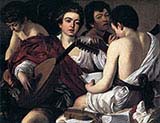
The Rest on
the Flight
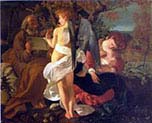
David with
Goliath

the entombment
of christ

calling of saint
mathew detail
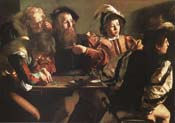
The
Calling

bacchus

The Taking
of Christ

Martyrdom of saint
Mathew
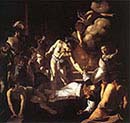
Beheading of Saint
John
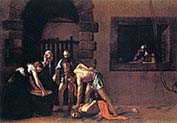
Boy Bitten By
A Lizard

Inspiration

David

Cardsharps

Lute
Player

Ecce
Homo
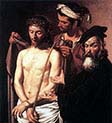
The
Incredulity

Madonna
del Rosario

Magdalene

Narcissus

Alof de
Wignacourt

Supper
at Emmaus

John
the Baptist

Sacred Love Versus
Profane Love

Meditation

Saint Jerome
Writing

Peeling
Fruit

Saint
Jerome
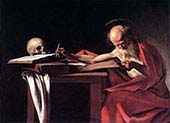
Saint John
the Baptist

Salome with
the Head
of John

Self As the Sick
Bacchus

The
Toothpuller
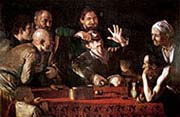
John the
Baptist

Supper
at Emmaus
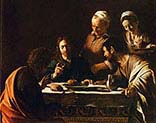
The
Crowning

The Denial
of St Peter

The Seven
Acts of Mercy

The Sacrifice
of Isaac
